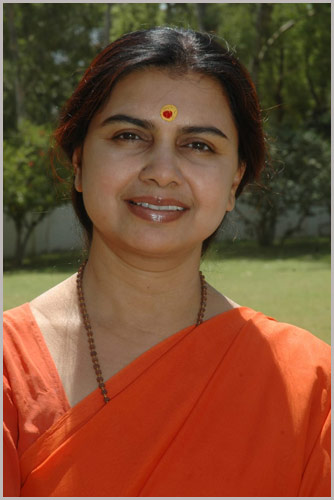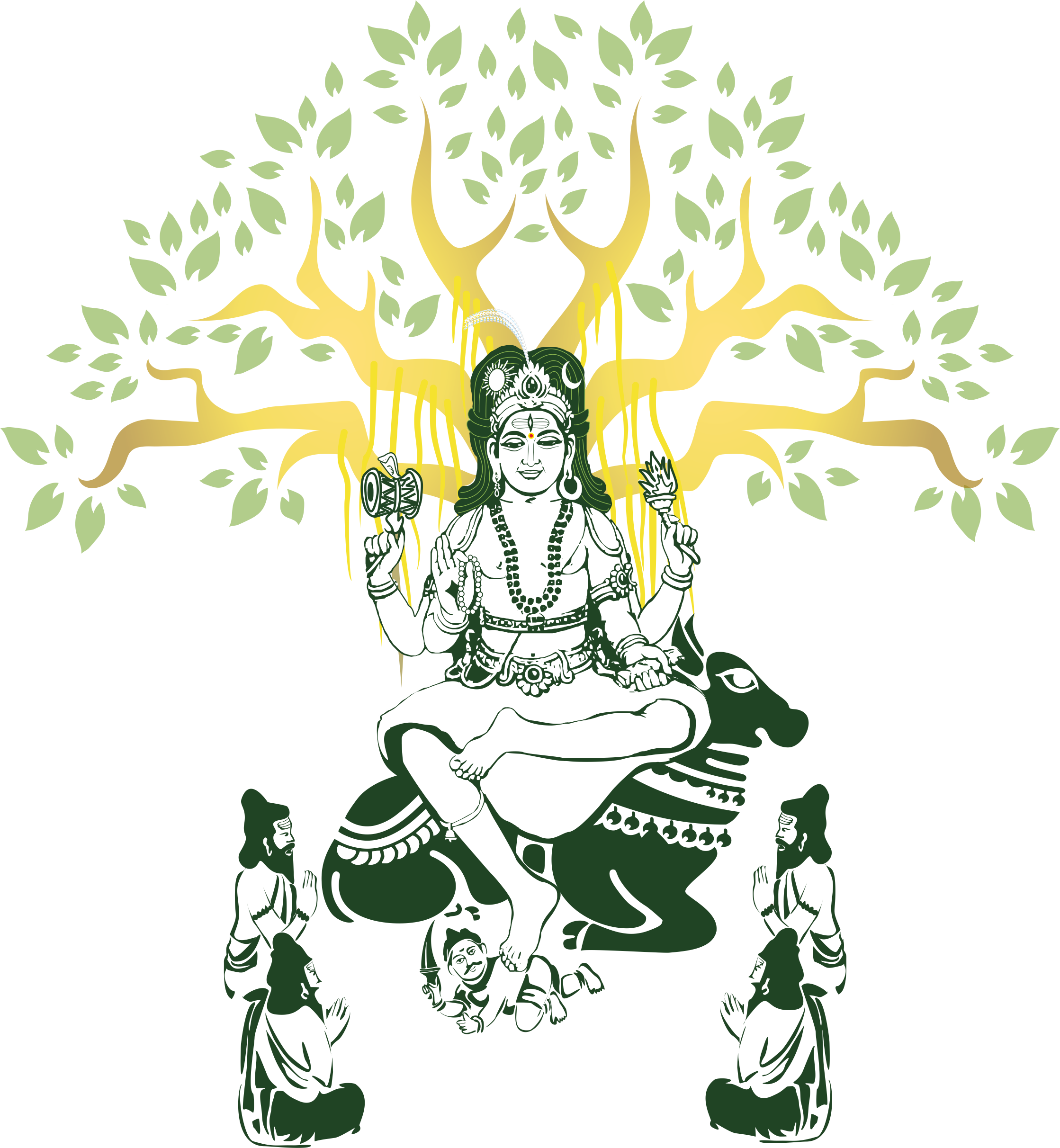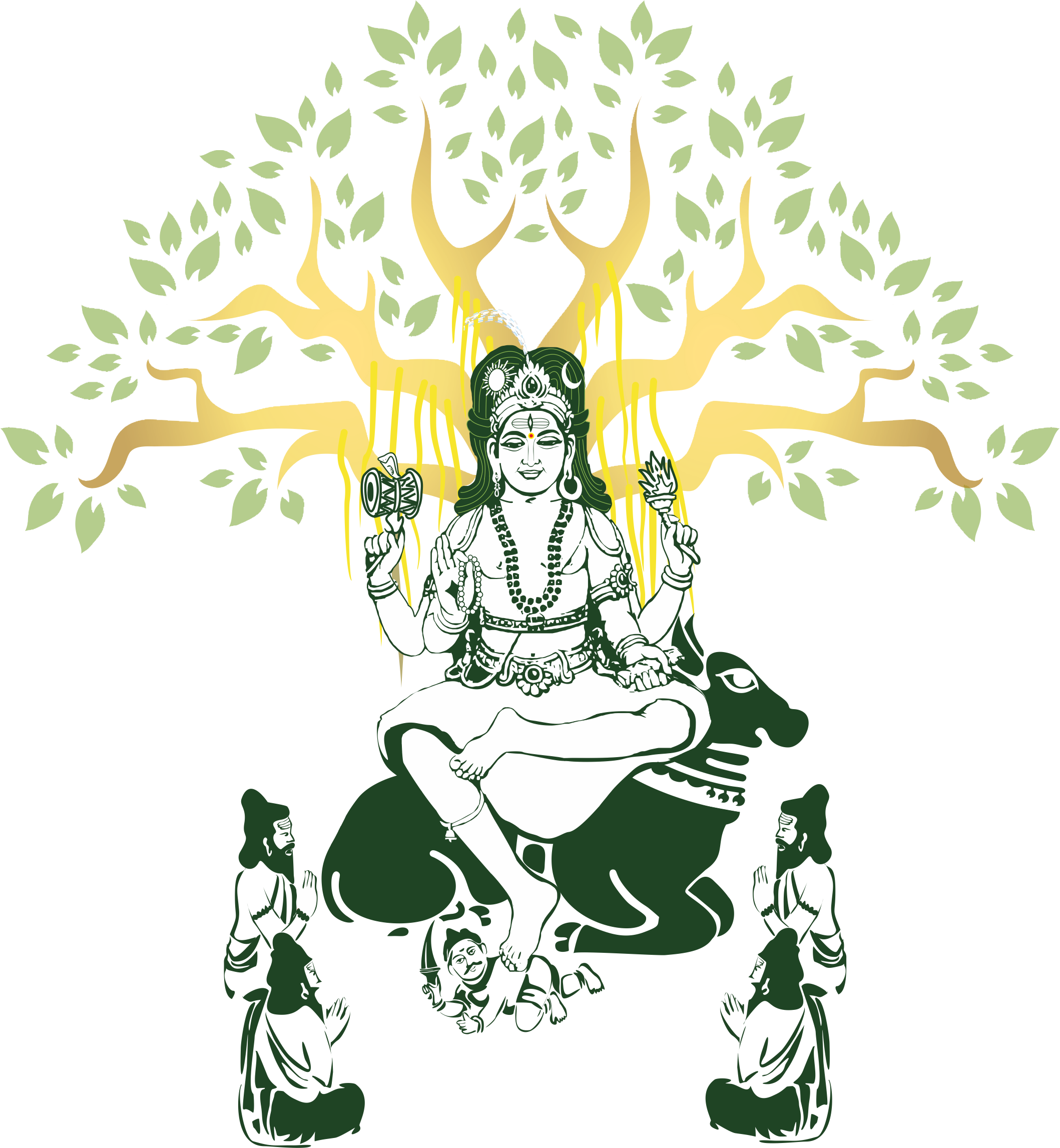Swamini Paraprajnananda Saraswati

Swamini Paraprajnananda Saraswatiji has been associated with Pujya Swami Viditatmanandaji since 1981, and has been his disciple for 38 years.
Swaminiji has studied the Vedānta Prasthānatrayī: Upaniṣads, Bhagavad Gītā and Brahmasūtra, Prakaraṇagranthas, and other texts such as Purāṇas, under Pujya Swamiji.
Swaminiji has been teaching Upaniṣads, Bhagavad Gītā and miscellaneous Vedānta texts for the past 25 years.
Swaminiji has been teaching Vedānta at Arsha Vidya Gurukulam, Saylorsburg, Pennsylvania and in different cities in USA for the past three years.
Swaminiji conducts regular Vedānta classes, and visits USA and other places in India such as Rishikesh, Mumbai, Bhavnagar, and others for public talks as well as retreats on Bhagavad Gītā and other Vedānta texts.
A gifted teacher commanding simple, lucid and yet profound style of teaching, Swaminiji is always approachable to seekers.
Through her teachings and practical insight, Swaminiji encourages seekers to commit to understanding Vedānta and resolve the conflicts by integrating these principles in life.



